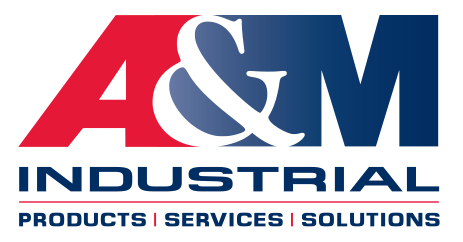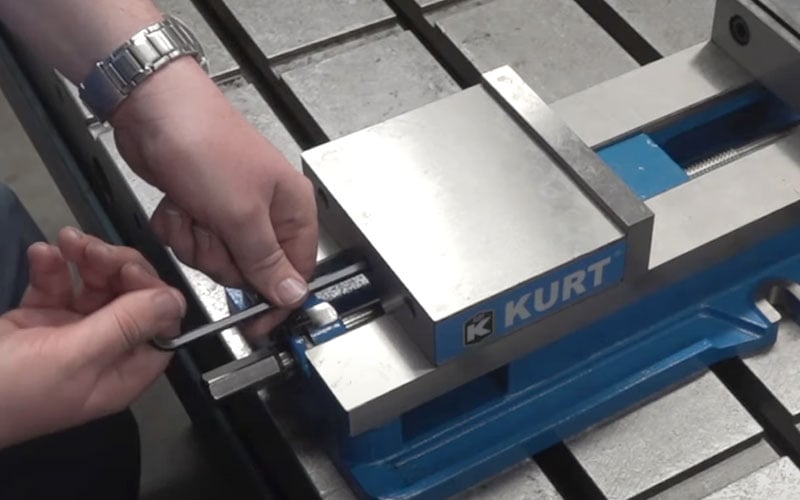Sump Maintenance & Sump Shut Down Best Practices
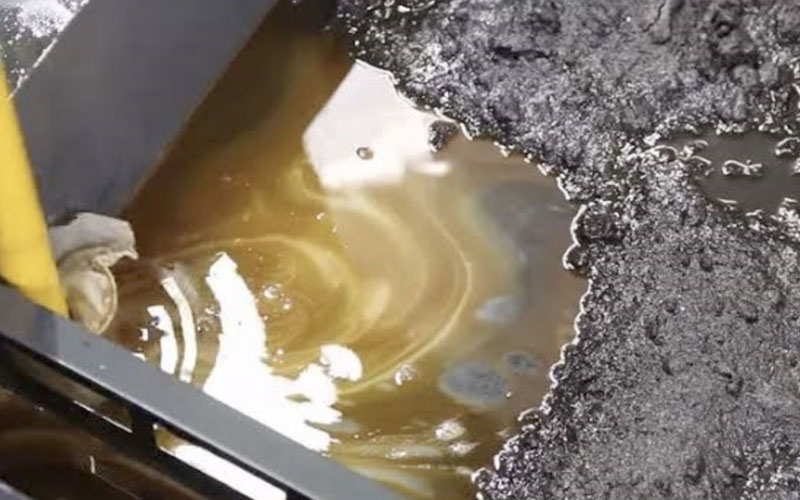
Prolonged shut down of a machine on your shop floor, whether for maintenance, repair, or cleaning, requires steps be taken in order to prevent your flood coolant from damaging your machinery or the circulation system of a machine. We'll discuss what to do for a sump shut down of under seven days, a sump shut down of seven to fourteen days, or a sump shut down of over fourteen days. These recommendations can be followed for full work stoppage and protection of the sump, circulation equipment, and machinery. Proper care of your sump and your metalworking fluids can extend the life of the fluids and your machinery, proving a greater return on the significant investment they each represent.
Sump Shut down Of less Than 7 Days
Good Practice
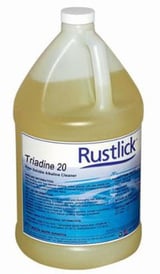 Reactive Dosing with a biocide like Triadine™ 20, is used to stabilize or recover sump mixture that has already fouled (good for sumps that have sat inactive for <7 days). A biocide should be used as indicated, but generally, Triadine™ 20 should be added at the sump in areas of good mixing at 1 ounce per 5 gallons of sump capacity.
Reactive Dosing with a biocide like Triadine™ 20, is used to stabilize or recover sump mixture that has already fouled (good for sumps that have sat inactive for <7 days). A biocide should be used as indicated, but generally, Triadine™ 20 should be added at the sump in areas of good mixing at 1 ounce per 5 gallons of sump capacity.
Reactive Dosing is commonly used for periods of shut down less than 7 days, mostly because these are unanticipated/unscheduled. Think about repairs to your machines. The incident causing the downtime is unscheduled, and repair times can be unknown. Once the machine is up and running again, take a reading of your coolant’s health and then dose the sump with a biocide targeting bacteria – adding fresh coolant to re-balance your sump.
Better Practice
Preventative Shock is used to mitigate microbial growth in your sump if you anticipate prolonged downtime. Preventative Shock using biocide targeting bacteria (& fungi as an aggressive precaution) is the primary recommendation if you KNOW you will be down for 3 to 7 days. The idea here is to over charge the sump with a high load of biocide (usually the maximum allowable concentration as noted by EPA) that acts to neutralize the growth of microbes that would alter the balance of your sump while you are away – putting your product, equipment, and materials at risk. Using preventative shock helps to maintain your sumps balance and also helps to prevent returning from a planned shutdown or vacation to the awful smell of a stagnant or contaminated sump.
Sump Shut down Of 7-14 Days
Best Practice
Preventative Shock is used for shut downs of 1-2 weeks. If you find yourself in a position where the sump wasn’t charged prior to work stoppage, using a Shock Dosage will be retroactive for the down time that has elapsed as well as prevent further growth.
Sump Shut down Of Greater Than 14 Days
good Practice
Preventative Shock can and should be used if it is planned to be down for more than 2 weeks and if complete Sump Shutdown isn’t an option. However, if you can’t add a second shock dose within that 14 days, you may not keep growth from forming.
best Practice
Performing a Sump Shutdown/Restart is your best and safest option when you anticipate and can plan long term work stoppages. This not only mitigates risk of sump fluid fouling, it protects the associated machinery and systems from exposure to pH changes, flash corrosion/rush, and a potential health and safety hazard from high levels of microbial growth. The recommended shutdown/restart steps are as follows:
- Add biocide to existing rancid coolant (~1 ounce per 5 gallons of sump coolant) and recirculate for 4 hours. This will neutralize microbiological growth. Adding fresh coolant with out this step will result in bacteria feeding off the new coolant.
- Dispose/Drain the old coolant.
- Refill with a fresh water and sump cleanser (such as Kleenzol DY) mixture – mixed 30:1 and recirculate for 1 hour. This step will remove build-up residue and way-lube oils in the machine.
- Remove metal chips and debris from sump. Coat metallic parts and areas prone to rush with a moisture absorbing rust preventative like Rustlick™ 631.
Want More Information On Metalworking Fluids?
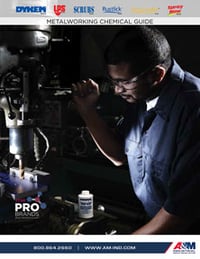 The ITW Metalworking Fluids Guide provides valuable information on solutions from the ITW family of brands, including LPS, LPS Max, LPS Detex, Rustlick, Accu-Lube, Dykem, and more. This essential reference includes an at-a-glance metalworking fluid and machinery compatibility chart and detailed product selection chart, allowing you to easily identify the right ITW coolant, cleaner, degreaser, lubricant, or rust inhibitor required for your specific application or type of machine!
The ITW Metalworking Fluids Guide provides valuable information on solutions from the ITW family of brands, including LPS, LPS Max, LPS Detex, Rustlick, Accu-Lube, Dykem, and more. This essential reference includes an at-a-glance metalworking fluid and machinery compatibility chart and detailed product selection chart, allowing you to easily identify the right ITW coolant, cleaner, degreaser, lubricant, or rust inhibitor required for your specific application or type of machine!
